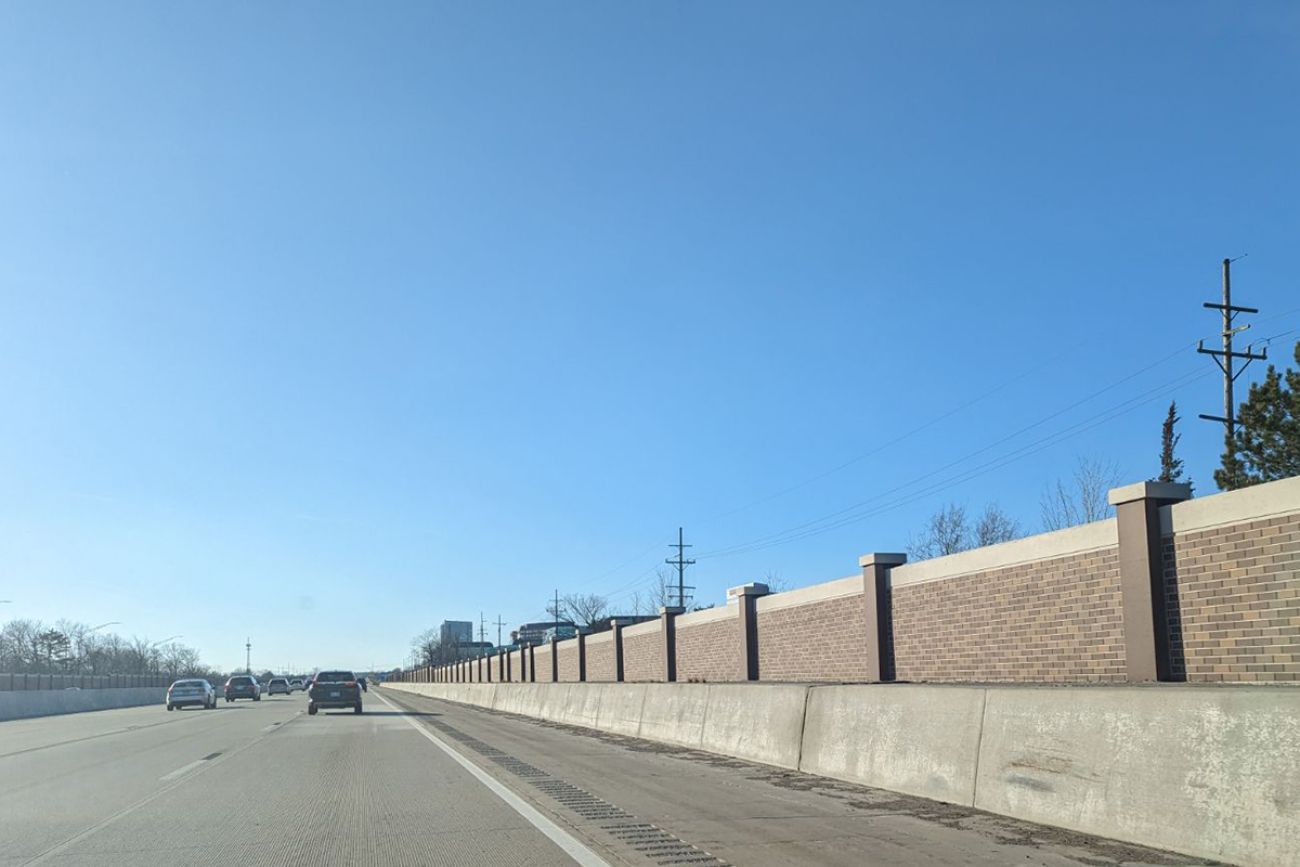Carpool lanes coming to Michigan’s I-75

- New laws give MDOT more leeway to create designated carpool lanes for vehicles with two or more passengers
- The first will be located on the newly reconstructed Interstate 75 in Southeast Michigan
- Michigan will become the 20th state to incorporate carpool lanes into its highway system
Michigan drivers will soon see the state’s first carpool lanes in southeast Michigan — and new state laws suggest they may not be the last.
Two bills signed into law by Gov. Gretchen Whitmer this week allow state transportation officials to designate carpool lanes on new federally-funded highway construction projects.
The first such lanes — restricted to vehicles carrying at least two people — will be on Interstate 75 where they were anticipated as part of a recent $1.7 billion overhaul now nearing completion in Oakland County.
Related:
- Michigan eyes change to pothole claims law after Bridge investigation
- Motorcycle deaths spike since helmets became optional for Michigan adults
- Troy residents sick of traffic noise get $10M from state for sound walls
Moving forward, one of the laws signed by Whitmer this week will give the Michigan Department of Transportation more autonomy to include carpool lanes in future projects. The second law will allow MDOT to allow motorcycles or other specified vehicles access to the lanes, which are officially known as high-occupancy vehicle or HOV lanes.
“These bills represent a major step forward for mobility in Michigan and efforts to decrease emissions by encouraging people to share rides,” MDOT Director Bradley C. Wieferich said in a statement.
Michigan currently has “flex route” lanes on the U.S. 23 in Washtenaw County, a lane control system that opens up an additional lane for use during rush hour and other peak travel times. More are being built on Interstate 96 in Oakland County.
HOV lanes go a step further, restricting use of a lane to vehicles with two or more passengers to incentivize ridesharing in areas with heavy traffic.
According to the U.S. Federal Highway Administration, the Interstate 75 project makes Michigan the 20th state to incorporate high-occupancy vehicle lanes into its highway system.
“With these bills, our state not only furthers its efforts toward more efficient mobility and lower carbon emissions, but it also fully leverages federal infrastructure funding for Michigan,” House Transportation, Mobility and Infrastructure Committee Chair Nate Shannon, D-Sterling Heights, said Tuesday.
The Interstate 75 project was designed with carpool lanes in mind, but legislation was needed to give MDOT authority to restrict lane use, according to an analysis from the nonpartisan House Fiscal Agency. Without it, the department may have had to reimburse federal funds used for the project.
See what new members are saying about why they donated to Bridge Michigan:
- “In order for this information to be accurate and unbiased it must be underwritten by its readers, not by special interests.” - Larry S.
- “Not many other media sources report on the topics Bridge does.” - Susan B.
- “Your journalism is outstanding and rare these days.” - Mark S.
If you want to ensure the future of nonpartisan, nonprofit Michigan journalism, please become a member today. You, too, will be asked why you donated and maybe we'll feature your quote next time!




